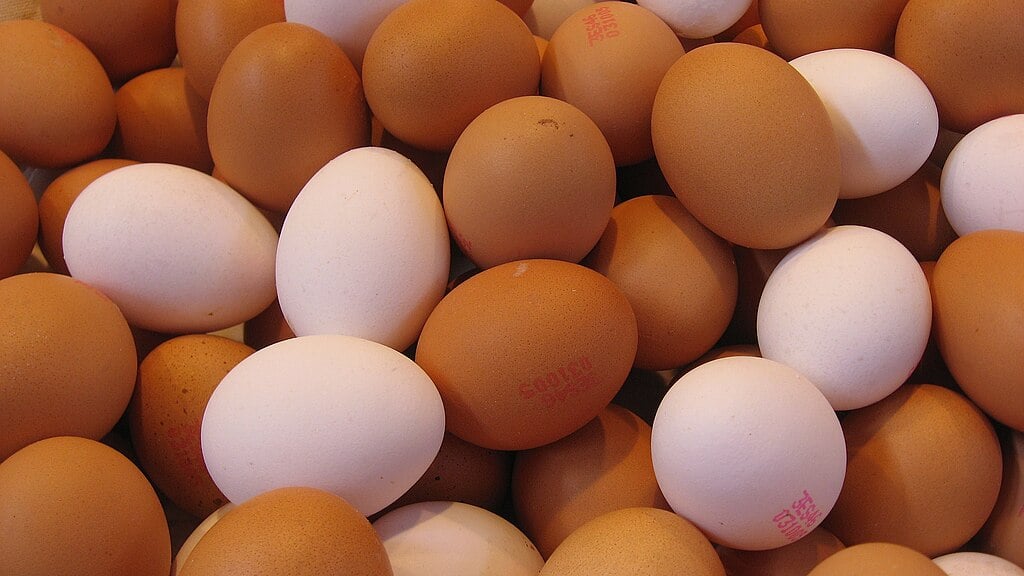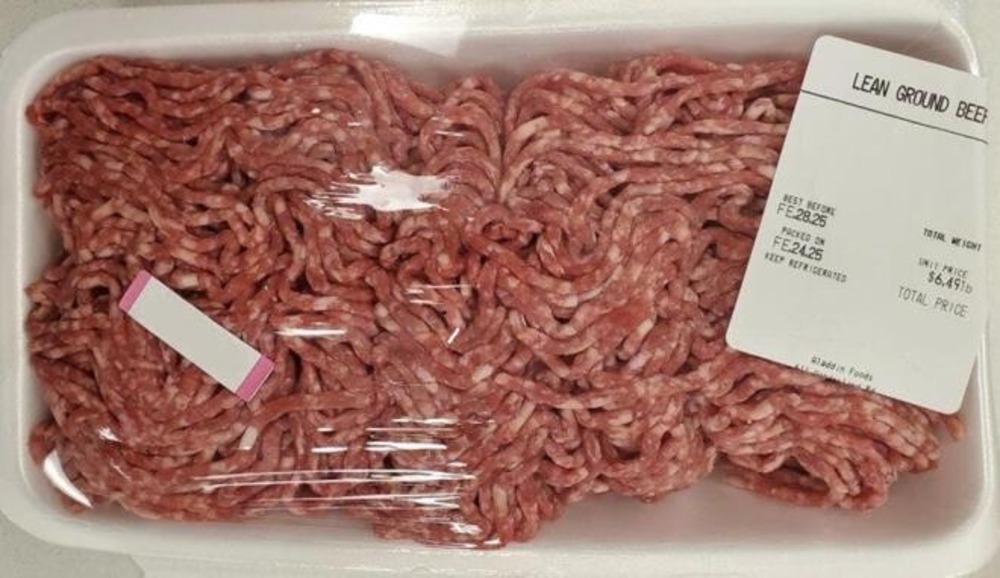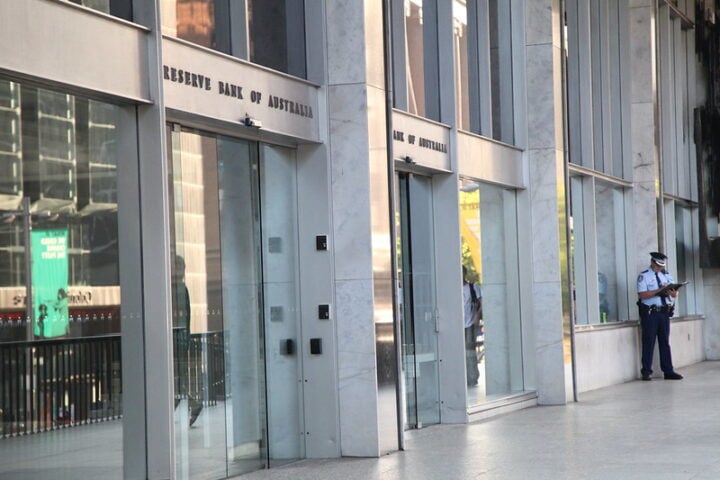For Americans watching their grocery bills, eggs have become a focal point of frustration. What was once a $1.49 staple in 2018 now costs around $5.18 per dozen, and consumers are saying enough is enough.
Consumer Revolt
A Clarify Capital survey reveals 34% of Americans have stopped buying eggs entirely, saying they won’t return until prices drop below $5. Clarify CEO Michael Baynes notes this shift’s deeper implications: “When eggs qualify as a luxury item in the average home, they put pressure on nutrition, family budgets, and mental well-being.”
This widespread pullback may have lasting effects. “We may see permanent shifts in consumer habits years after inflation peaks,” Baynes told Fox Business.
Beyond Bird Flu
While the Highly Pathogenic Avian Influenza (HPAI) remains the primary culprit—affecting 166 million birds since 2022, including 127 million egg layers—other factors compound the problem:
- Feed costs have spiked due to weather disruptions and global grain market pressures
- Energy prices increase heating and transportation expenses
- Labor shortages plague rural areas where most egg farms operate
- Regulatory requirements like cage-free mandates in California and Colorado add production costs
- Supply chain bottlenecks slow distribution and increase refrigerated transport costs
Price Signals
Recent wholesale egg prices show signs of improvement, dropping to $3.00 per dozen last week—a 9% week-over-week decline according to USDA data. This follows February’s 10-year high of $5.90 retail.
“The supply situation at grocery outlets has greatly improved in recent weeks,” notes the USDA weekly egg market report. Yet retail prices lag behind wholesale drops, and many grocers including Costco still limit purchases to three cartons per customer.
Similar Posts
Industry Adjustments
Economist Bernt Nelson from American Farm Bureau Federation links the price relief to “a sharp decrease in cases of avian influenza, with just 2.1 million birds affected in March of this year, compared to 23 million in January and nearly 13 million in February.”
Grocery chain owner Stew Leonard Jr. has watched prices at his stores fall from $10 in December to $5.99 currently. “We’re back to low price eggs again. There seems to be plenty of supply,” he said. “Production seems to be back up.”
Government Response
The USDA under Secretary Brooke Rollins has announced a plan to address the crisis:
- $500 million for biosecurity measures
- $400 million in financial relief for affected farmers
- $100 million for vaccine research
Antitrust enforcers at the Justice Department are looking into the cause of rising prices, including whether egg producers have conspired to artificially inflate them by holding back supply.

Consumer Adaptation
While waiting for prices to normalize, about 10% of surveyed consumers have switched to alternatives like plant-based eggs and flaxseed. Many others report using fewer eggs in cooking and baking.
The USDA projects continued price concerns in the near term, suggesting the egg market’s volatility will remain a key economic indicator for American households.
Frequently Asked Questions
Egg prices have soared primarily due to the Highly Pathogenic Avian Influenza (HPAI), which has affected 166 million birds since 2022, including 127 million egg-laying hens. Additional factors compounding the issue include increased feed costs, higher energy prices for heating and transportation, labor shortages in rural areas, regulatory requirements like cage-free mandates, and supply chain bottlenecks affecting distribution.
Egg prices have increased dramatically from approximately $1.49 per dozen in 2018 to around $5.18 per dozen currently. In February, prices reached a 10-year high of $5.90 per dozen at retail. Some stores even saw prices as high as $10 per dozen during December’s peak.
There are encouraging signs that egg prices may be beginning to decrease. Recent wholesale egg prices have dropped to $3.00 per dozen, representing a 9% week-over-week decline according to USDA data. This improvement is linked to “a sharp decrease in cases of avian influenza.” However, retail prices typically lag behind wholesale drops, so consumers may not see immediate relief at grocery stores. The USDA still projects continued price concerns in the near term.
The USDA has announced a comprehensive plan to address the egg crisis, including $500 million for biosecurity measures, $400 million in financial relief for affected farmers, and $100 million for vaccine research. Additionally, antitrust enforcers at the Justice Department are investigating whether egg producers have conspired to artificially inflate prices by holding back supply.
According to a Clarify Capital survey, 34% of Americans have stopped buying eggs entirely, stating they won’t return to purchasing eggs until prices drop below $5. About 10% of surveyed consumers have switched to alternatives like plant-based eggs and flaxseed. Many others report using fewer eggs in cooking and baking as they adapt to the higher prices. This widespread pullback may lead to permanent shifts in consumer habits.
Many grocers, including Costco, are still limiting egg purchases to three cartons per customer despite improved supply. These limits were initially implemented due to supply shortages caused by the avian influenza outbreak and subsequent production decreases. While the supply situation has “greatly improved in recent weeks” according to the USDA weekly egg market report, retailers are maintaining limits to ensure fair distribution as the market stabilizes and to prevent potential hoarding behaviors that could disrupt the recovering supply chain.

















